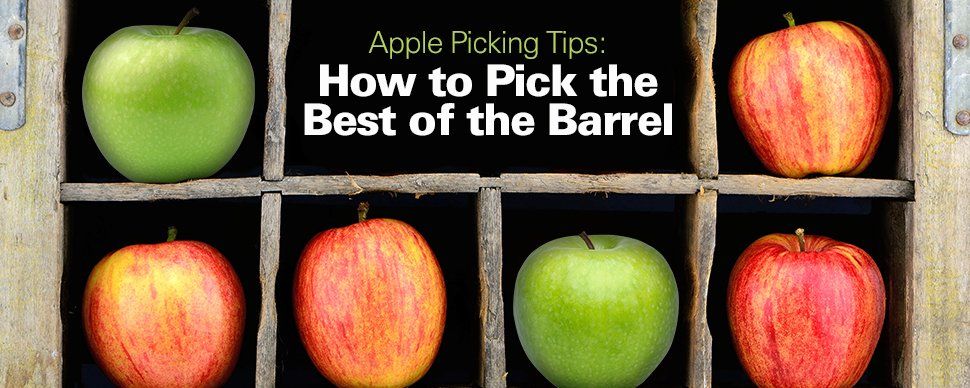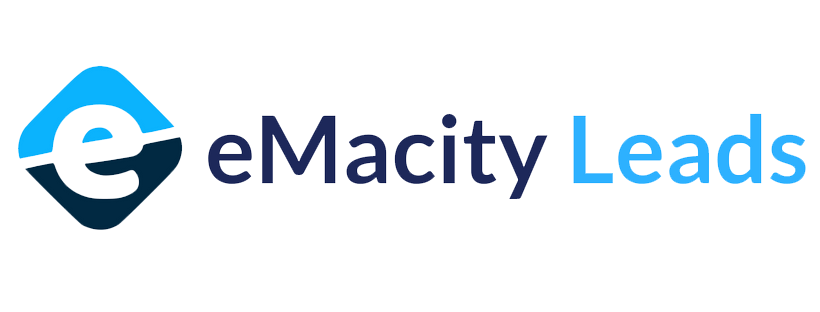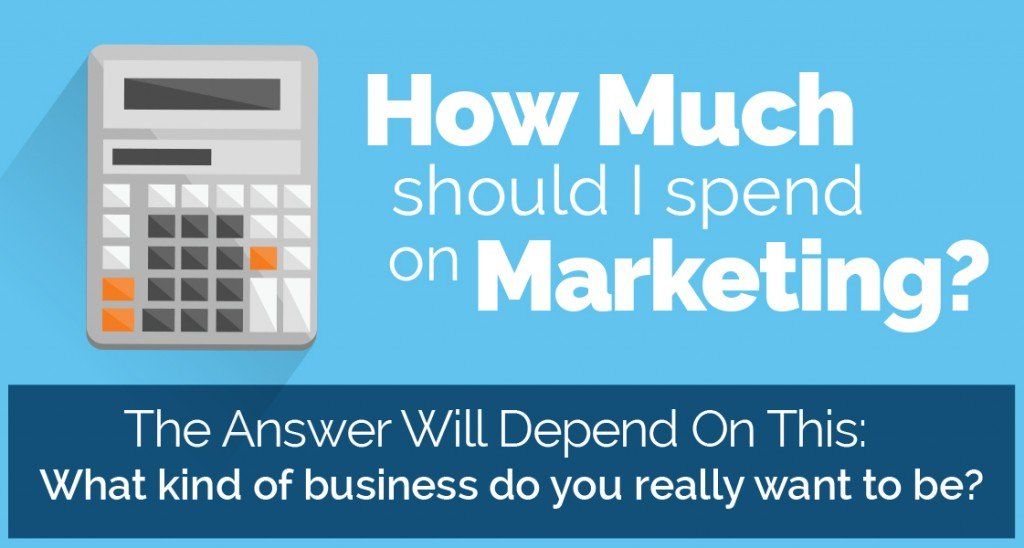SaaS Companies Cannot Be Evaluated By Traditional Performance Metrics.
eMacity Leads • September 4, 2020
Account health & user engagement needs to be monitored closely & regularly, as lack of user adoption can lead to churn. SaaS companies also need to monitor several different types of metrics that reflect how well the software is being used after the subscription begins.
Accurate assessments of financial and operational health require an understanding of the drivers relevant to the Software as a Service business, along with the meaning that they convey and their relative significance.
Here they are :
- Annual Contract Value (ACV)
- Annual Recurring Revenue (ARR)
- Average Revenue Per User (ARPU)
- Average Revenue Per Account (ARPA)
- Churn Rate %
- Cost to Serve (CTS)
- Customer Lifetime Value (CLTV)
- Customer Acquisition Cost (CAC)
- Daily Active Users (DAU)
- Full Time Employees (FTEs)
- Gross Margin %
- Growth Efficiency Index (GEI)
- Lead Velocity Rate (LVR)
- Lifetime Value, Months
- Lifetime Value, Dollars
- Monthly Bookings
- Monthly Recurring Revenue (MRR)
- Number of Customers
- Renewal Rate %
- Total Contract Value (TCV)

("CPA") is defined as the cost you incurred for every acquisition you made. Acquisitions can vary from case to case, an example of an Acquisition can be a lead or sale. The formula for CPA is Total cost of (Sale) / total number of leads recorded (Visitors, Opens, Clicks, Form Submissions, Trials, Demonstrations, etc), i.e. CPA = Total Cost / Total Number of Leads. For a lead based account you need to consider 'Converted Clicks' as the total number of leads in the formula and for online orders you need to consider 'Conversions' while calculating the CPA. As mentioned above CPA can be calculated at various levels right from campaigns to the keyword. And it is always a good practice to look at all of these levels to understand if your campaign / outbound effort is profitable to you (or not). To calculate CPA, you'll need to take cost and divide it by conversions. If you want to know the cost per converted click (as opposed to cost per conversion), you will take the cost and divide it by converted clicks.

On our hyper-competitive landscape where today’s media darling is tomorrow’s one-hit wonder (Crocs anyone? How about TiVo or Boston Market?), the importance of delivering positive customer experiences — and sustaining this momentum over the long-term — is not just a question of success: it is a matter of survival. Indeed, research groups like Walker Information predict that by the year 2020, customer experience will surpass price and product as the single most influential brand differentiater.









